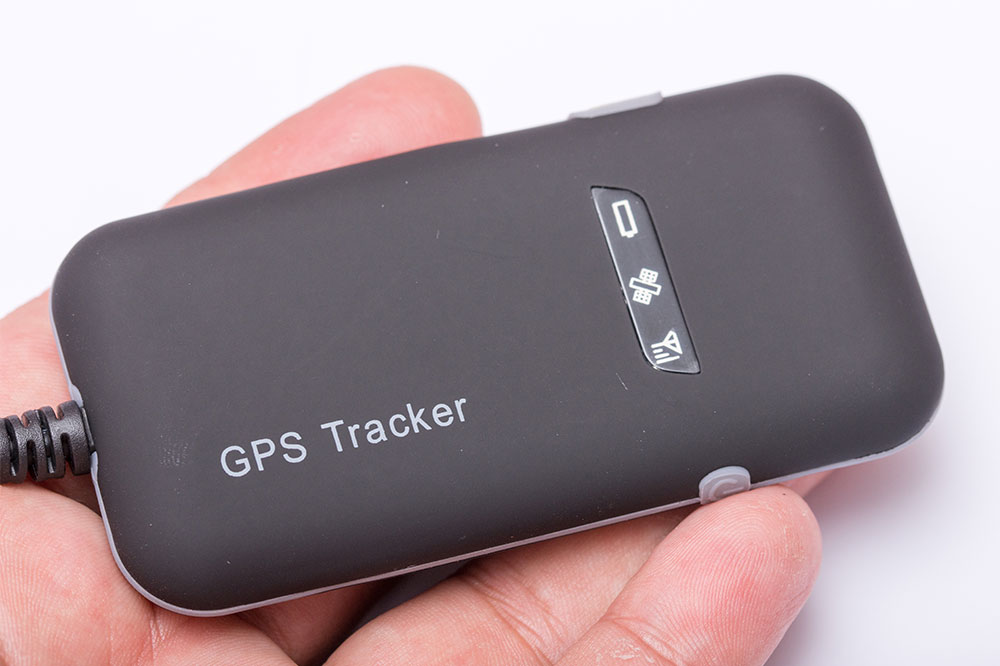Comprehensive Guide to Selecting the Best IT Asset Management Solutions
Choosing the right IT asset management solution is vital for organizations to optimize resources, improve efficiency, and reduce costs. This comprehensive guide highlights essential features such as audit capabilities, RFID labeling, cloud integration, and automated check-in/out systems. By considering these factors, companies can select robust tools that streamline asset tracking, enhance security, and support scalable growth. Effective ITAM software ensures accurate inventory management, facilitates compliance, and enables better decision-making in dynamic technological environments. Investing in the right platform is key to maintaining operational excellence in today’s digital landscape.

Key Considerations When Choosing Top IT Asset Management Software
In today’s rapidly evolving technological landscape, effective IT asset management (ITAM) is crucial for organizations aiming to optimize their hardware and software resources. IT asset management solutions serve as powerful tools that enable organizations to oversee the entire lifecycle of their technology assets—from procurement to decommissioning—ensuring efficiency, cost savings, and compliance. These tools are indispensable for managing complex environments where multiple hardware devices and a vast array of software applications coexist.
IT assets encompass physical components such as laptops, servers, network devices, printers, and peripherals, alongside software applications critical for daily operations. Effective management of these assets ensures organizations can track their location, usage, and operational status accurately, reducing redundancies and preventing operational bottlenecks. Properly implemented IT asset management improves resource utilization, streamlines workflows, and significantly cuts costs by minimizing unnecessary purchases and reducing asset downtime.
To unlock the full potential of IT asset management tools, organizations must focus on selecting solutions equipped with advanced features that enhance visibility, control, and automation. Here are some essential features to consider when choosing an IT asset management platform:
Audit Capabilities and Asset Tracking: A robust ITAM system should facilitate comprehensive auditing processes to verify asset ownership, location, and operational status. Automated scheduling of audits helps maintain current asset records, and real-time alerts notify administrators of asset discrepancies, missing items, or unauthorized movements. This ensures accountability and reduces loss or theft risks.
Asset Labeling Using Barcodes or RFID Technology: Accurate tracking begins with proper labeling. Modern IT asset management solutions support generating, printing, and attaching barcode labels or RFID tags to each asset during procurement. This systematic labeling enables quick scanning and identification, simplifying asset inventories and updates.
Cloud-Based Management and Accessibility: Cloud integration offers significant advantages including reduced infrastructure costs and enhanced scalability. Cloud-based solutions enable remote access to asset data, facilitate seamless updates, and support disaster recovery plans. They also reduce dependence on internal IT teams for maintenance, allowing organizations to focus on core activities.
Automated Asset Check-In and Check-Out Systems: Especially useful in environments like educational institutions, healthcare facilities, or large corporations, this feature tracks assets as they move in and out of the organization. Automation allows quick logging of asset details, supports batch processing for multiple devices, and streamlines assignment to users or departments—saving time and enhancing accuracy.
Integration with Other IT Management Tools: Compatibility with existing IT management systems like helpdesk solutions, procurement platforms, and financial software ensures seamless workflows and comprehensive asset oversight.
Reporting and Analytics: Effective reporting tools help analysts and decision-makers evaluate asset utilization, lifecycle status, and compliance. Customizable dashboards and scheduled reports provide insights for strategic planning and budgeting.
Security and Compliance Features: Protecting sensitive data and maintaining regulatory compliance are critical. Features such as role-based access controls, audit logs, and data encryption should be integral to the platform.
In conclusion, selecting the right IT asset management solution involves evaluating these features to match organization needs. A strategically chosen platform not only simplifies asset oversight but also delivers measurable benefits such as cost reduction, improved operational efficiency, and better compliance adherence. As organizations continue to embrace digital transformation, investing in advanced ITAM tools becomes essential for maintaining competitive advantage in an increasingly technology-driven world.





